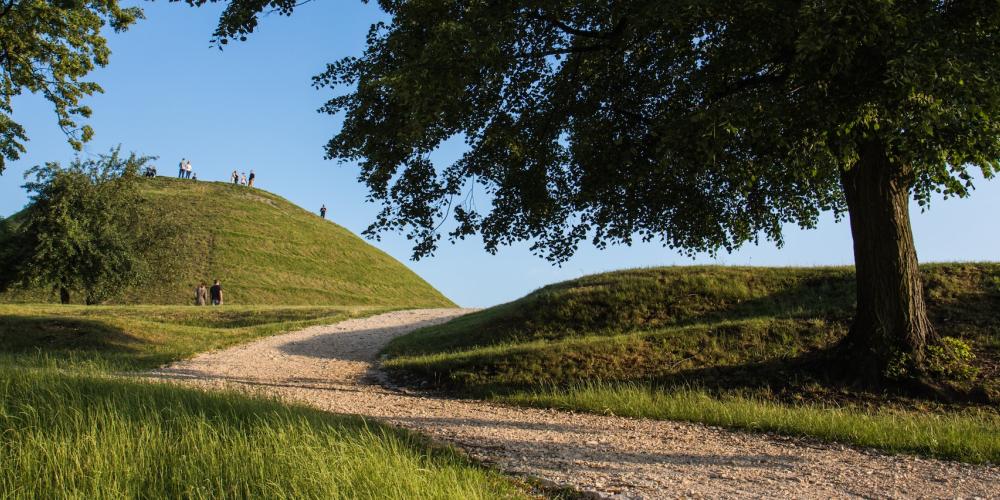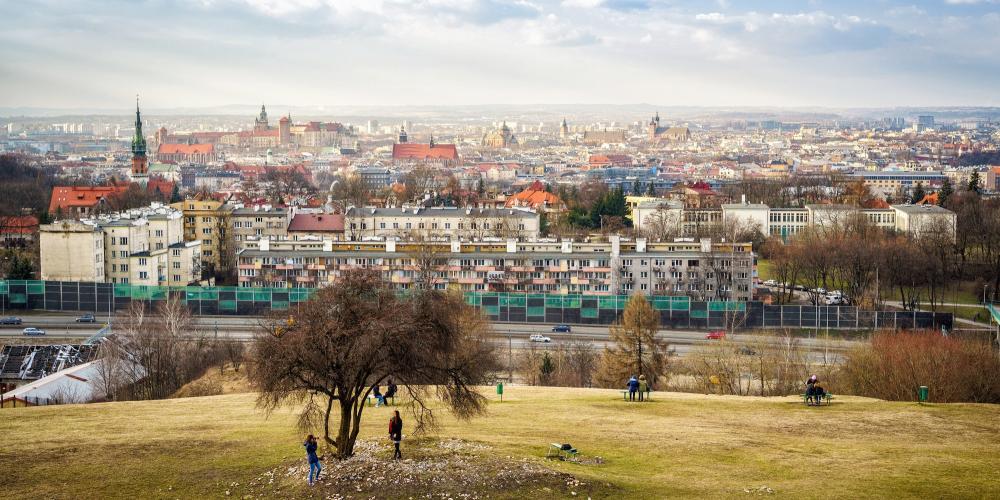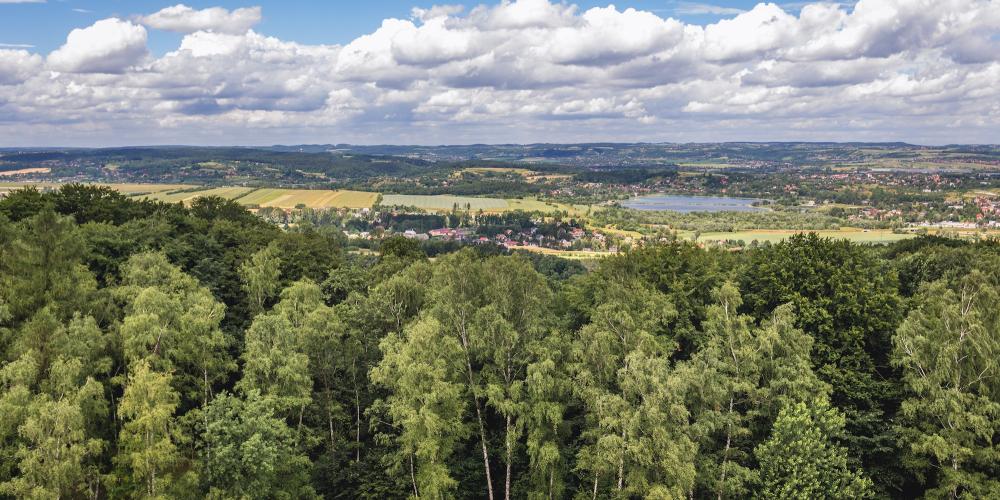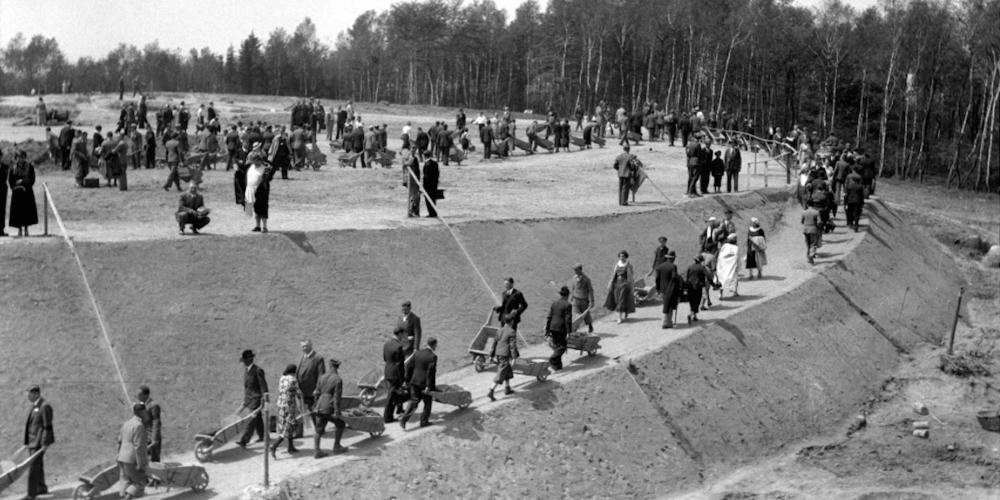Mysterious Mounds of Kraków

Mounds were erected throughout Europe already in the prehistoric times. They fulfilled the role of burial sites, but they also were places of cult rituals, defence, and observation, delimiting territorial boundaries. In the Małopolska region, they were built by the Celts, and then by the pagan Slavs. In modern times, the mounds were erected as memorials of historic events, or for the posthumous commemoration of famous people.
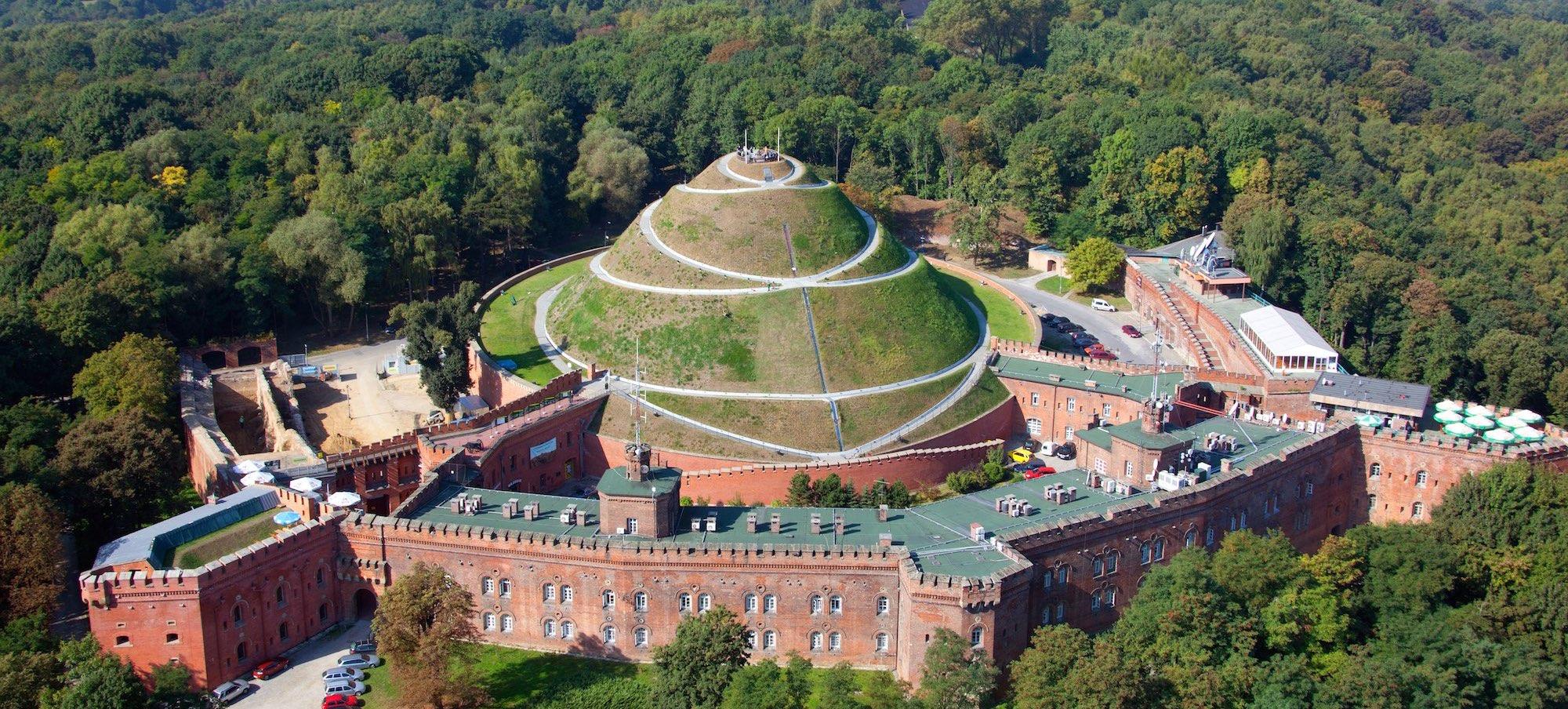
There are a total of five mounds in Kraków, making it worldwide record holder in this regard. The oldest mound comes from the 7th century, and is called the Krakus Mound. It is located near Wielicka Street, on the limestone Lasota Hill, and it measures 16 m (52 ft) in height. Legend has it that it is the tomb of the pagan Prince Krak—the founder of Kraków. You have to climb up a steep hill for a marvellous panorama of the city. Next to the mound are excellent walking areas, meadows, fragments of forts from the 19th century, and a closed mysterious quarry. Be careful not to fall off the steep cliff!
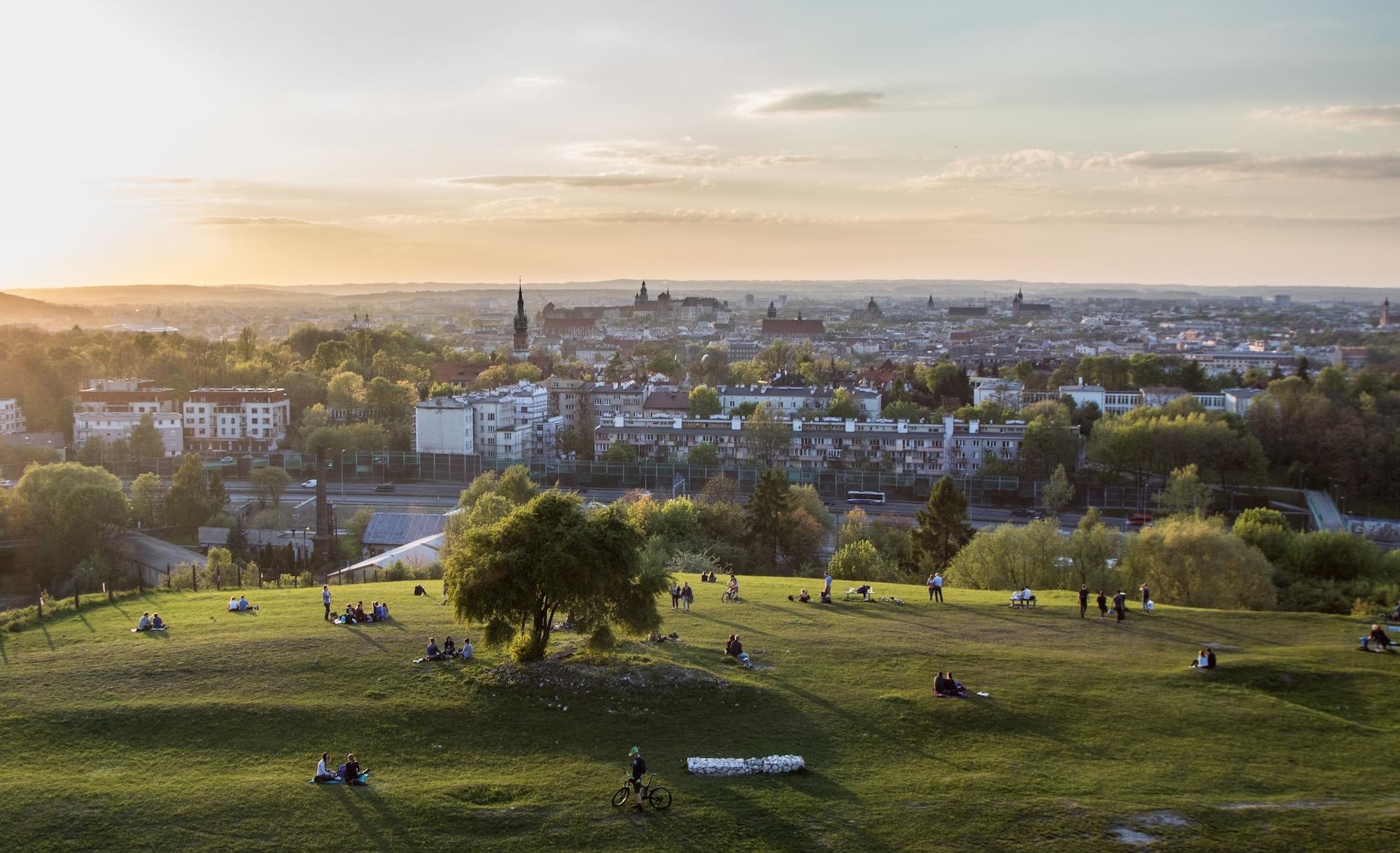
Wanda Mound on the banks of the Vistula River dates back to the same period. It was made in honour of the princess and daughter of Krak. The mound is 14 meters (46 ft) high. According to the legend, Wanda drowned herself in the Vistula River because she did not want to marry a German. Every year, on the 4th November and the 6th February, standing on the Wanda Mound, you will see the sunset just above the Krakus Mound. And when you visit the Krakus Mound on the 2nd May and 10th August, you will experience the same phenomenon just above the Wanda Mound, leading some to speculate that the two mounds served as an ancient calendar.
A much younger, and probably the most popular one, is the Tadeusz Kościuszko Mound, located on the Sikornik Hill. Residents of Kraków made it in 1823 as a tribute to Tadeusz Kościuszko—the 18th and 19th-c. military leader who became a national hero in Poland, Lithuania, Belarus, and the United States. You may easily reach it by walking along Waszyngton Alley, among beautiful 19th century villas and old trees. The 34 m (111 ft) tall hill hosts an impressive citadel fort that you can also visit. At the top, you'll see a beautiful panorama of Kraków, its surrounding villages, and several Carpathian mountain ranges to the south.
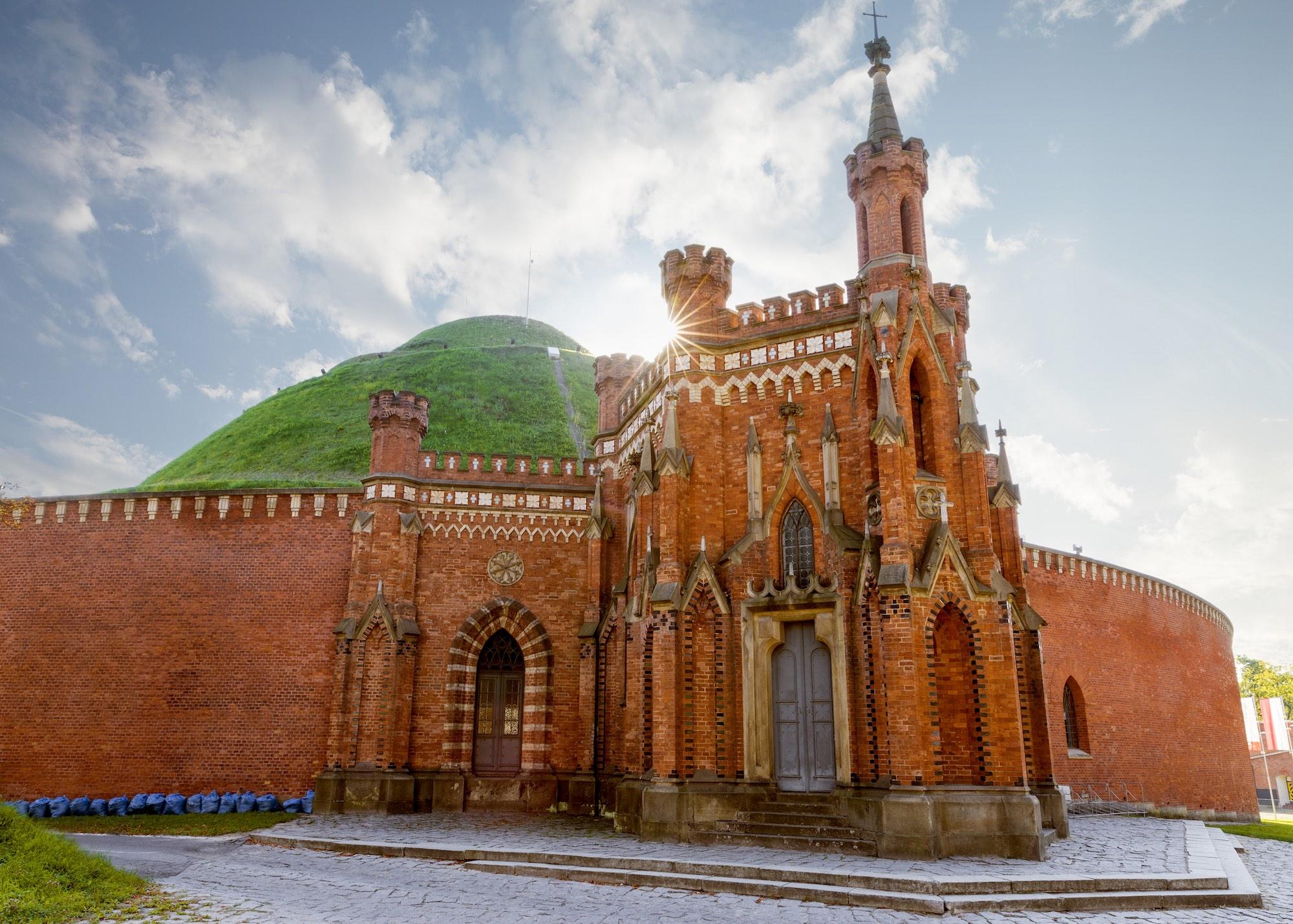
The highest mound, at 35 meters high, is the Independence Mound (also called Piłsudski Mound) commemorates the Polish struggles for independence and the Polish pre-WWII marshal, Józef Piłsudski. The mound was built in 1936 on Sowiniec Hill, with earth taken from the battlefields of World War I and II in which Poles fought. Wolski Forest, the favourite park of Kraków citizens, surrounds the mound.
The recreation areas are perfect for walking and cycling. There are also lots of attractions nearby—you can easily go on foot or by bike to the Zoological Garden, the Przegorzały Castle, the Camaldolese Hermitage, and the nearby vineyards. For a slightly longer walk or ride you can visit Kryspinów Lake, and in the summer, cool off by the water.
